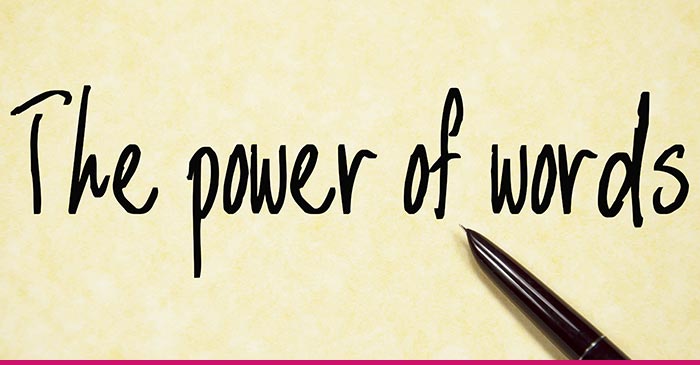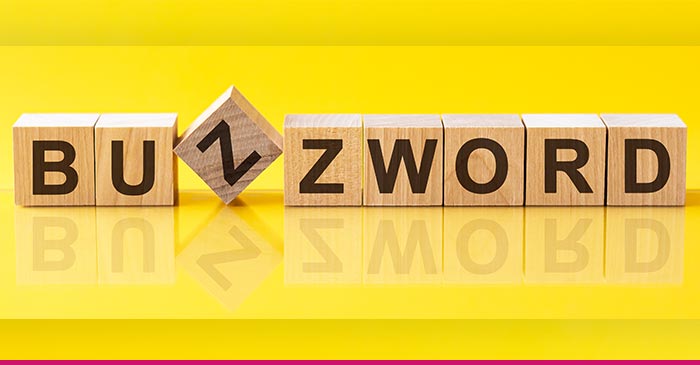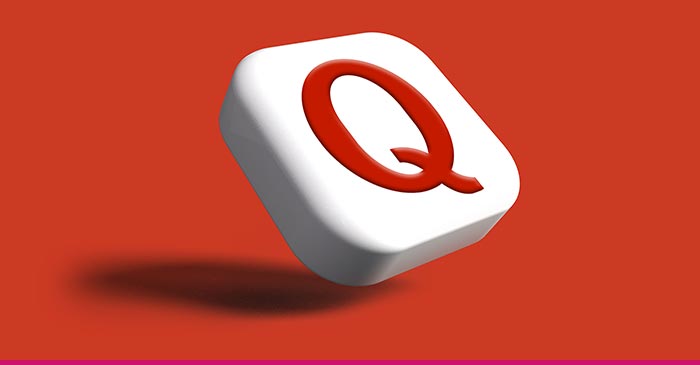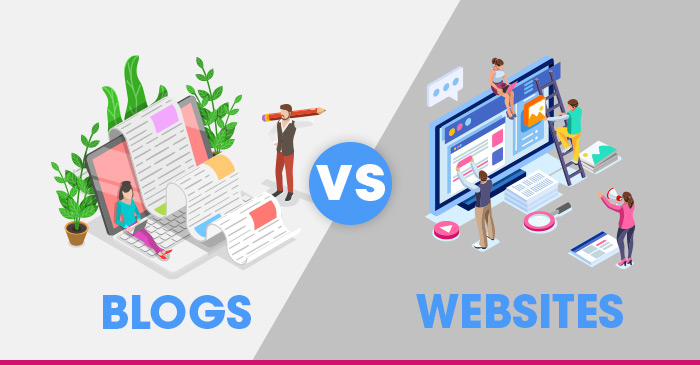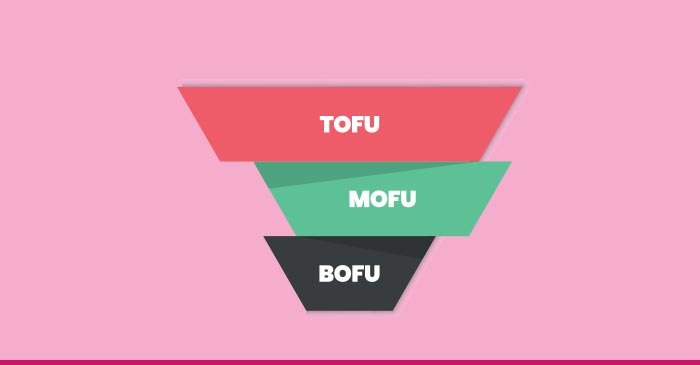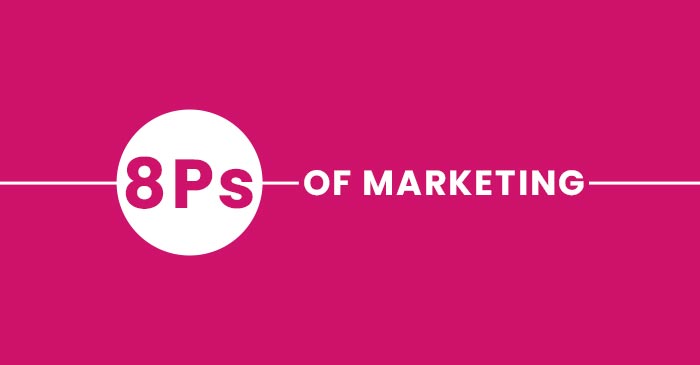Using the landing page for an event, you have 10 seconds to capture a visitor’s curiosity. How do you strike a balance on the landing page for an event between attractive design and compelling messaging? Before they even consider attending, visitors to your landing page for an event should be manageable. Aside from social media and advertising initiatives, how to promote an event online? Naturally, effective event landing sites! You can reuse the information from your virtual events to promote them across various channels.
What is a Landing Page for an Event?
A landing page for an event is a website created to advertise your event and encourage registrations, ticket sales, or email sign-ups. They can be utilized for various occasions, such as conferences, performances, and online training courses. Event landing page examples typically don’t contain links to other pages, like other landing pages. Instead, the reader focuses solely on the event because they have eliminated all outside influences. A good landing page for an event includes:
- Necessary details about the event
- Benefits of attending the event
- Builds anticipation for the event
- Adds a strong call-to-action
Why Do You Need to Create A Landing Page for an Event?
A landing page for an event is a great way to generate traffic, improve SEO, and build your brand. It can also be utilized as a component of an effective PPC campaign. If you create a landing page for your event, your marketing efforts will be more targeted. Please take it as the focal point for all of your marketing communications. As many people as you can draw to your event page will make it a powerful conversion tool. You require a landing page for an event due to the following three reasons:
- To Funnel Traffic
All of your digital marketing activities direct traffic to your event’s website, improve its search rankings and concentrate attention on a page solely under your jurisdiction.
- For High Conversion
Using a landing page for an event, you can give potential attendees the details and incentives they need to register.
- For Free Marketing
A landing page for an event increases marketing prospects. More people are likely to register for your event or express interest, increasing the number of people you can reach.
How to Create a High-Converting Landing Page for an Event?
You should follow these best practices to make a landing page for an event to turn prospective clients into actual buyers.
1. Target the Right Audience
You should base the entire design of your event on the requirements of the appropriate target audiences if you want to attract more attendees. First, conduct some user research, choose the primary target population, and use their needs and preferences as the foundation for your design to understand what your target audience wants and enjoys.
2. Easy to Sign-up/Buy Ticket
When the sign-up form is too lengthy or difficult to complete, people stop trying to sign up for a website or application. Your event landing page should be as brief and straightforward as possible to attract more visitors and sign-up attendees quickly. Make purchasing tickets as easy as possible when your event requires one.
3. Add A Clear Call-To-Action
It would be better if you had a clear and alluring CTA button to increase the number of sign-ups or ticket sales from your event landing page. This means that to make the CTA button stand out against the rest of the page’s content, you need first pay attention to its visual design, including its color, border style, and backdrop. In contrast, you can write more alluring text to compel site visitors to act, such as clicking the CTA button to purchase, sign up for the newsletter, or read more.
4. Add Eye-Catching Visuals
Brilliant visual designs, such as eye-catching color schemes, excellent hero photos, animated films, entertaining gifs, or animations, immediately draw visitors to your event landing page. These graphic layouts might occasionally serve as more persuading and understandable material to entice site users to engage with it immediately.
5. Choose the Right Design Tool
Every modification you make to your event landing pages—the design, title, subtitle, image, color, or even the registration form—changes the number of people that sign up. Using the appropriate tools to test every aspect of your website before you begin constructing it, you can be sure that your event landing page has been built to be in the best possible shape.
6. A Balanced Layout
Most designers and product teams decide to emphasize just one piece of content when creating an event landing page, usually the CTA button, message, or design. No matter which one you choose to emphasize, remember that you should balance them all properly to prevent any content or visual distractions.
Conclusion
A crucial part of arranging a virtual event is creating a landing page. It not only helps you sell tickets but also immediately provides consumers with the information they require, increasing the likelihood that they will sign up and purchase tickets in advance. Consider every scenario that could go wrong and what you would do in that particular circumstance before finalizing your plan. Make sure you have a backup plan if your primary one doesn’t go as planned. You can surf through event landing page examples and event landing page templates for inspiration before designing your own. You can hire an expert team of website developers, designers, and content writers to make a high-converting event landing page. If you are wondering where to find such a team, you can contact One Content Pro and inquire more about it.
Read more: Tips to Write the Perfect Press Release for An Event






